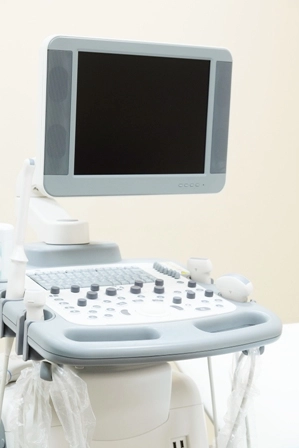Ob-Gyn Coding Alert
Obstetrics:
How to Recoup Ethical Extra Reimbursement for Pregnant Diabetic Patients
Published on Wed Aug 09, 2023

You’ve reached your limit of free articles. Already a subscriber? Log in.
Not a subscriber? Subscribe today to continue reading this article. Plus, you’ll get:
- Simple explanations of current healthcare regulations and payer programs
- Real-world reporting scenarios solved by our expert coders
- Industry news, such as MAC and RAC activities, the OIG Work Plan, and CERT reports
- Instant access to every article ever published in Revenue Cycle Insider
- 6 annual AAPC-approved CEUs
- The latest updates for CPT®, ICD-10-CM, HCPCS Level II, NCCI edits, modifiers, compliance, technology, practice management, and more
Related Articles
Other Articles in this issue of
Ob-Gyn Coding Alert
- ICD-10-CM Update:
Massive Revisions to Notes Underneath Ob-Gyn Codes Highlight the 2024 Dx Changes
Learn how you’ll report intrahepatic cholestasis of pregnancy as of October 1. Although you may [...] - Obstetrics:
How to Recoup Ethical Extra Reimbursement for Pregnant Diabetic Patients
Draw the line between diabetes before pregnancy and gestational diabetes. So you know that a [...] - E/M:
Take Stock of How You Are Handling 2023 Inpatient/Hospital E/M Revisions
Hint: Ensure providers are identifying POS correctly with observation patients. You’ve had a while to [...] - You Be the Coder:
Profile What’s Included in the Postpartum Exam
Question: When we report global ob care, it includes a “postpartum exam.” What is the definition [...] - Reader Questions:
Distinguish O Code Families
Question: There are different families of O codes for hemorrhage (we are comfortable using O26.85x1,2,3,9 (Spotting [...] - Reader Questions:
Here’s How to Follow ICD-10 Instruction Under N76
Question: Code N76 (Other inflammation of vagina and vulva) shows a message in red underneath this [...]
View All




